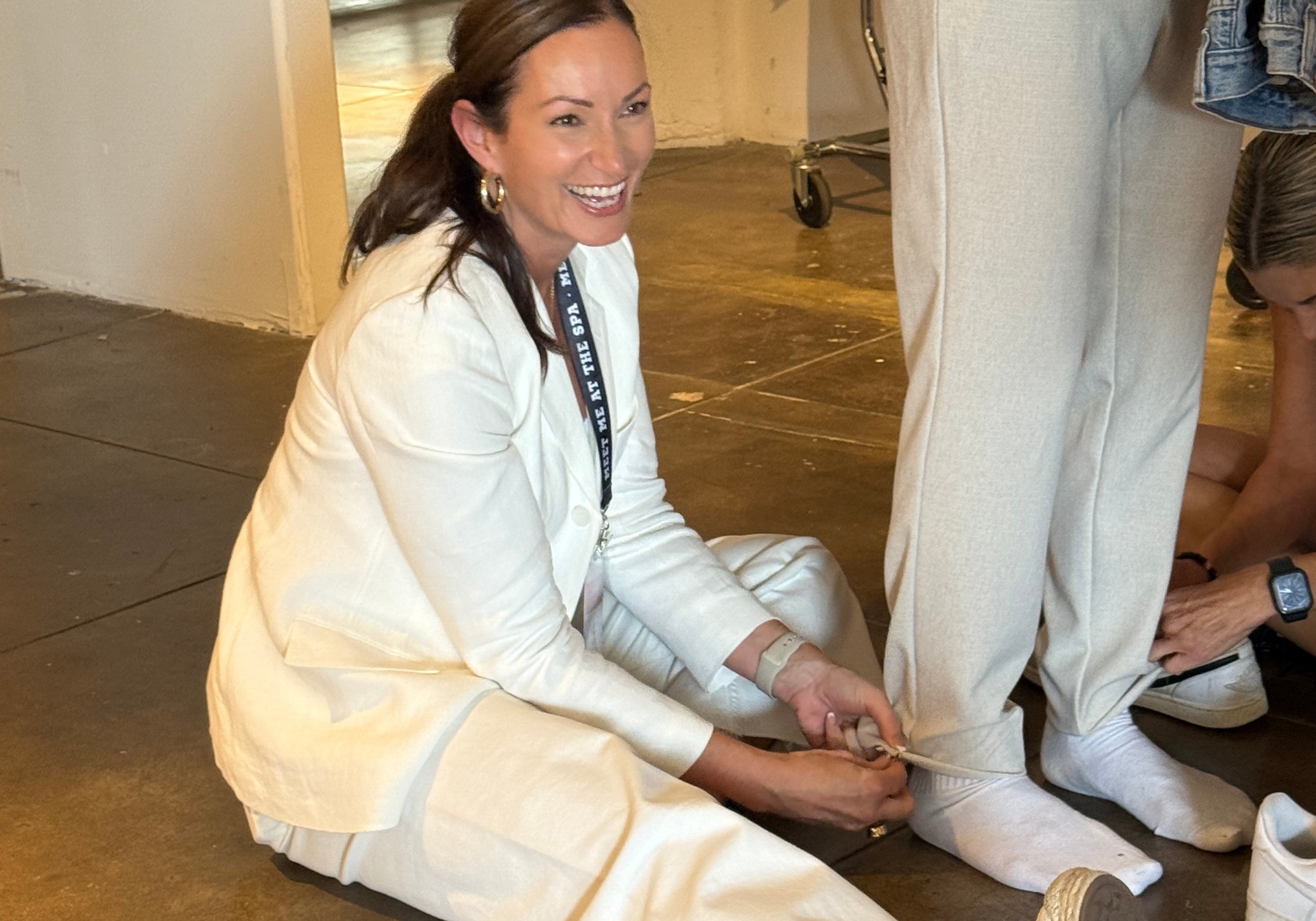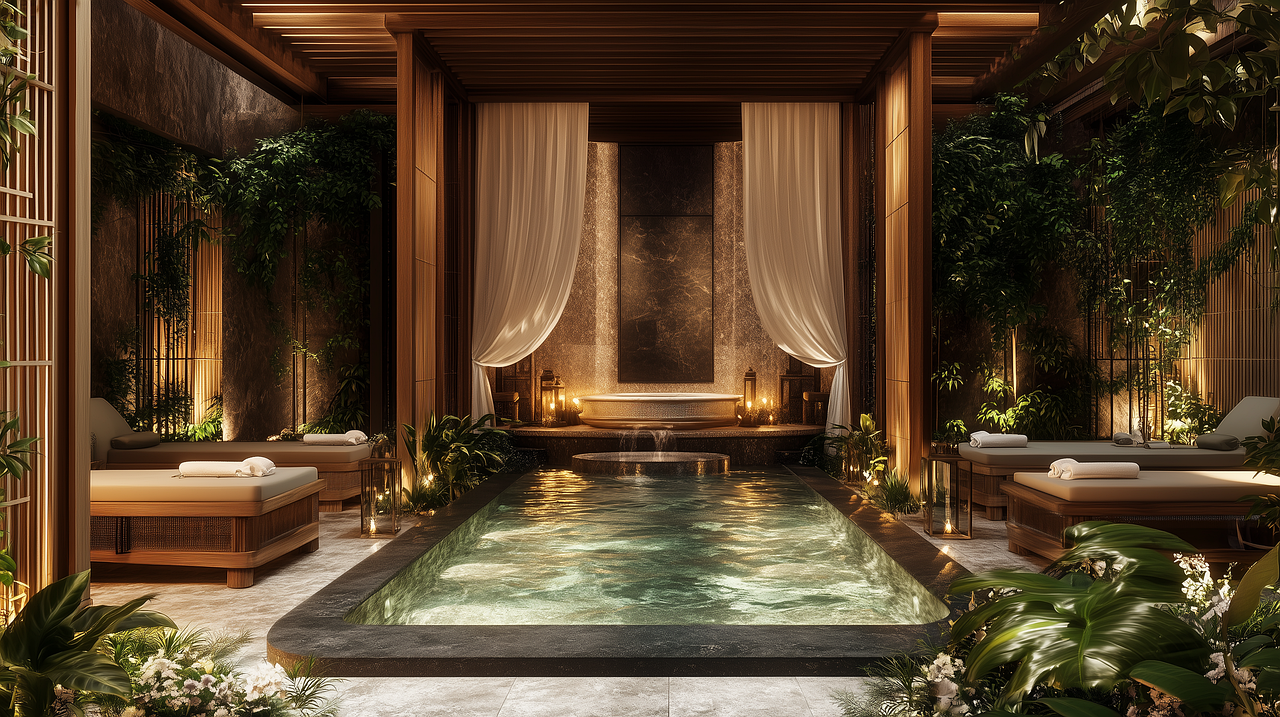And How to Ensure Yours Succeeds
In wellness and hospitality, we often see beautifully imagined concepts debut with great promise—only to quietly fade away within months. They vanish not due to a lack of vision, ambition, or market potential, but because they fail to adapt beyond their initial launch.
Recently, Aldina Duarte Ramos, a leading wellness consultant and expert, posed an insightful question on LinkedIn: "Why Do Some Wellness Concepts Fail Despite Having Everything to Succeed?" It sparked a conversation that uncovered essential truths about the wellness industry's frequent missteps, and highlighted strategies for lasting success.
Here's what we've learned.
The Pitfalls of Promising Wellness Concepts
Launching a wellness concept requires more than just an inspiring mission statement and stylish branding. As Aldina points out, many concepts falter after their launch because their initial energy and meticulous planning aren’t matched with ongoing operational commitment, or the agility needed to adapt to real-world conditions.
In her words, "Too often, all the energy is focused on the launch—flawless strategy, inspiring storytelling, a compelling promise—and then, nothing. No clear roadmap, no ongoing activation, and limited adaptability to feedback from the field." This initial excitement without sustained momentum leaves many promising ideas vulnerable to market shifts, customer expectations, and operational realities.
Adaptability and Operational Agility: Keys to Longevity
The difference between a short-lived trend and a truly iconic wellness brand comes down to adaptability. Successful wellness initiatives, Aldina emphasizes, rely on three critical elements:
- A long-term, evolving action plan that anticipates necessary adjustments.
- Operational agility, because market realities demand constant adaptation.
- Committed teams who embody the brand’s vision, living and evolving the concept daily.
Drawing on her global experience—from leading a pilot wellness concept for Accor Hotels across 18 countries, to managing diverse teams and opening flagship locations—Aldina stresses that wellness is not a static promise. It's a living, breathing entity that must continuously evolve.
The Crucial Role of Uniforms in Branding and Guest Experience
In conversation with Noel Asmar, founder and CEO of Noel Asmar Uniforms, Aldina explored another overlooked yet essential factor contributing to wellness concept success: uniforms. Uniforms often become an afterthought in operational planning, but Noel believes passionately that they shouldn’t be, "Uniforms set the tone for guest experience and employee performance. They’re not just apparel—they're a visible extension of your brand’s values and your service philosophy." To be effective, Noel expounds that uniforms must meet specific practical criteria:
- Functional fabrics that handle everyday realities—spills, frequent laundering, and varied environmental conditions.
- Ease of care, to reduce operational complexity and cost.
- Design that complements both the physical movements and roles of staff members to empower their daily work.

Wellness as More than an Amenity
Wellness, to be truly impactful, must transcend the typical hotel amenity checklist. According to Aldina, it should be transformational. "Hospitality brands today must move beyond wellness as an add-on," she argues. "They must fully integrate wellness into their operational DNA." Yet, transformation requires not only vision but realistic support from ownership and management. Aldina and Noel both emphasize the critical role of clarity in vision and alignment across stakeholders—including ownership, management companies, and operational teams. When leadership embraces wellness authentically and holistically, the results are powerful, resonant, and lasting.
Bridging the Gap: From Vision to Execution
As the wellness and hospitality industries continue to evolve rapidly, especially post-pandemic, operational excellence is becoming a crucial competitive advantage. According to Aldina, wellness projects fail when there’s a disconnect between ambitious promises and operational capabilities. Noel adds that operational excellence, including considerations such as apparel and service design, should be prioritized as highly as initial concept and brand storytelling.
The next five years will be defining for the wellness sector. Brands that prioritize operational adaptability, cohesive branding (including uniform selection), and consistent alignment between management and ownership vision will not only survive but thrive. Aldina sums it up perfectly: "Creating an iconic wellness concept isn’t just about having a great idea. It’s a living mechanism, evolving daily with precision and coherence." The secret is straightforward. Concepts that evolve and continuously adapt, backed by operational agility and thoughtful execution at every level, are those poised for lasting success.
As the wellness industry matures, this approach isn't just ideal; it’s essential.
About the Experts
Aldina Duarte Ramos is a global wellness consultant and thought leader specializing in luxury hospitality, beauty, and wellness industries. With extensive experience launching successful wellness concepts worldwide, Aldina advises brands on operational strategy and sustainable growth.
Noel Asmar is the founder and CEO of Noel Asmar Uniforms, known for innovative uniform design tailored specifically to hospitality, health, wellness, and luxury markets globally. Noel passionately advocates for the integration of thoughtful design and functionality as essential elements of successful wellness brands.




